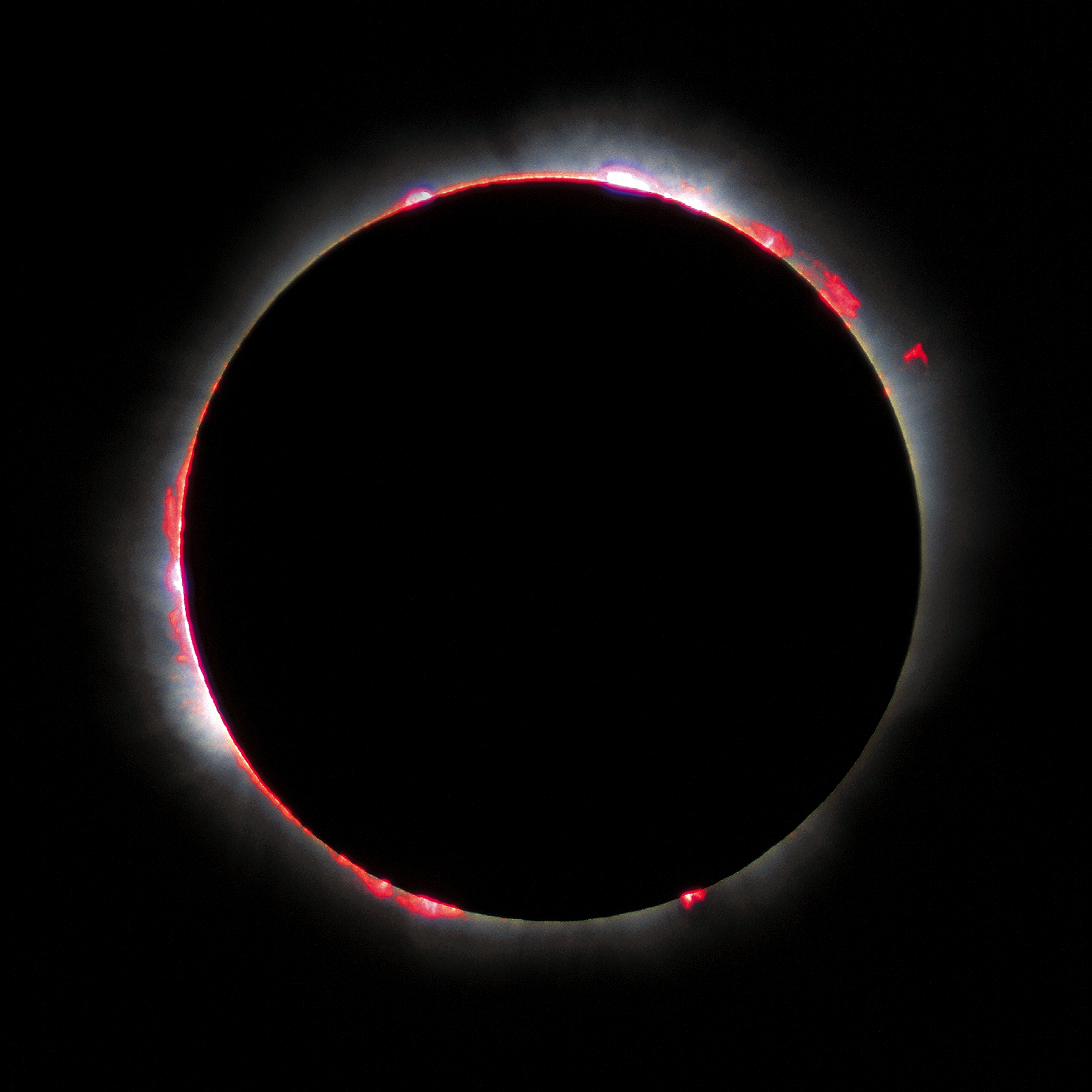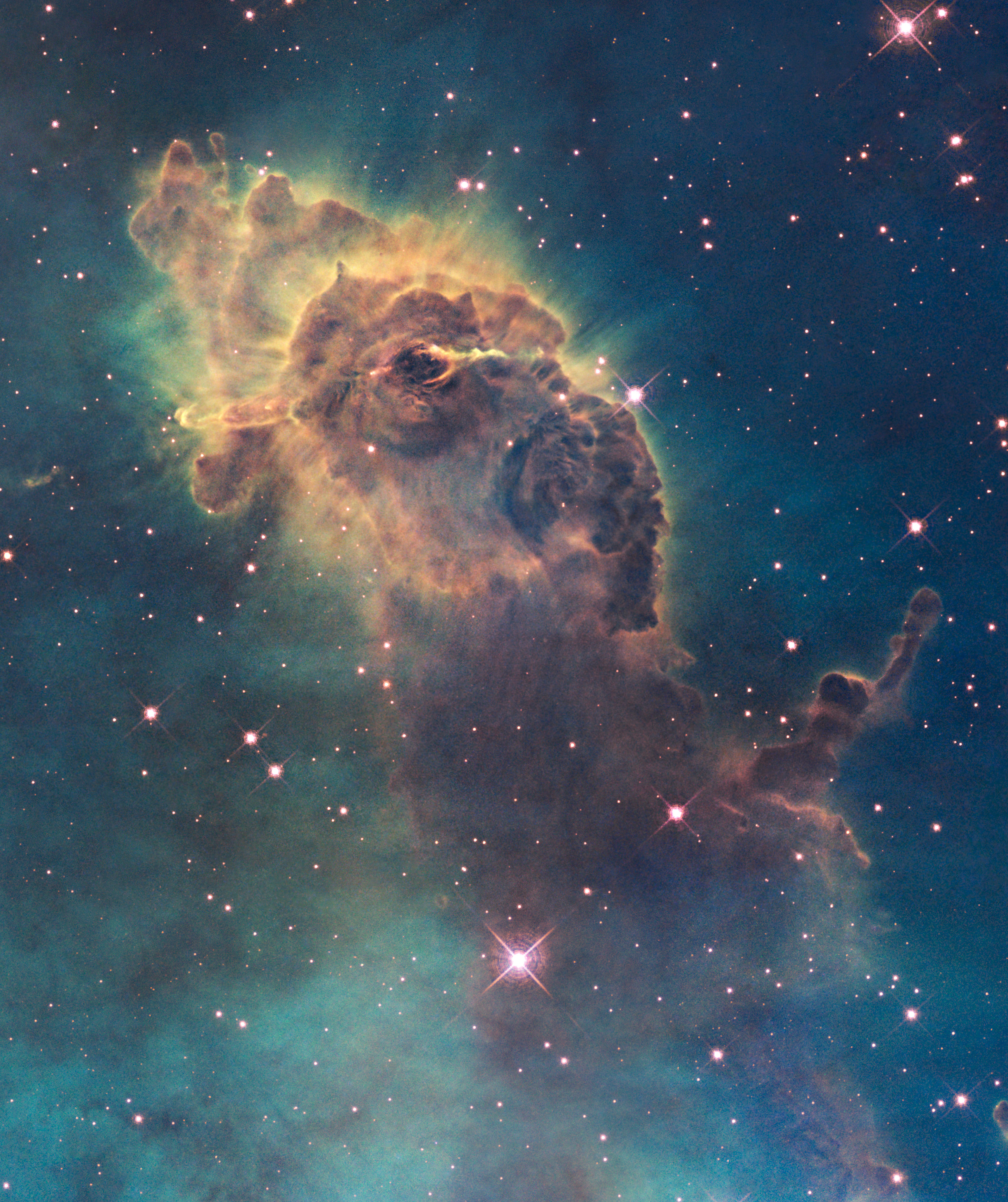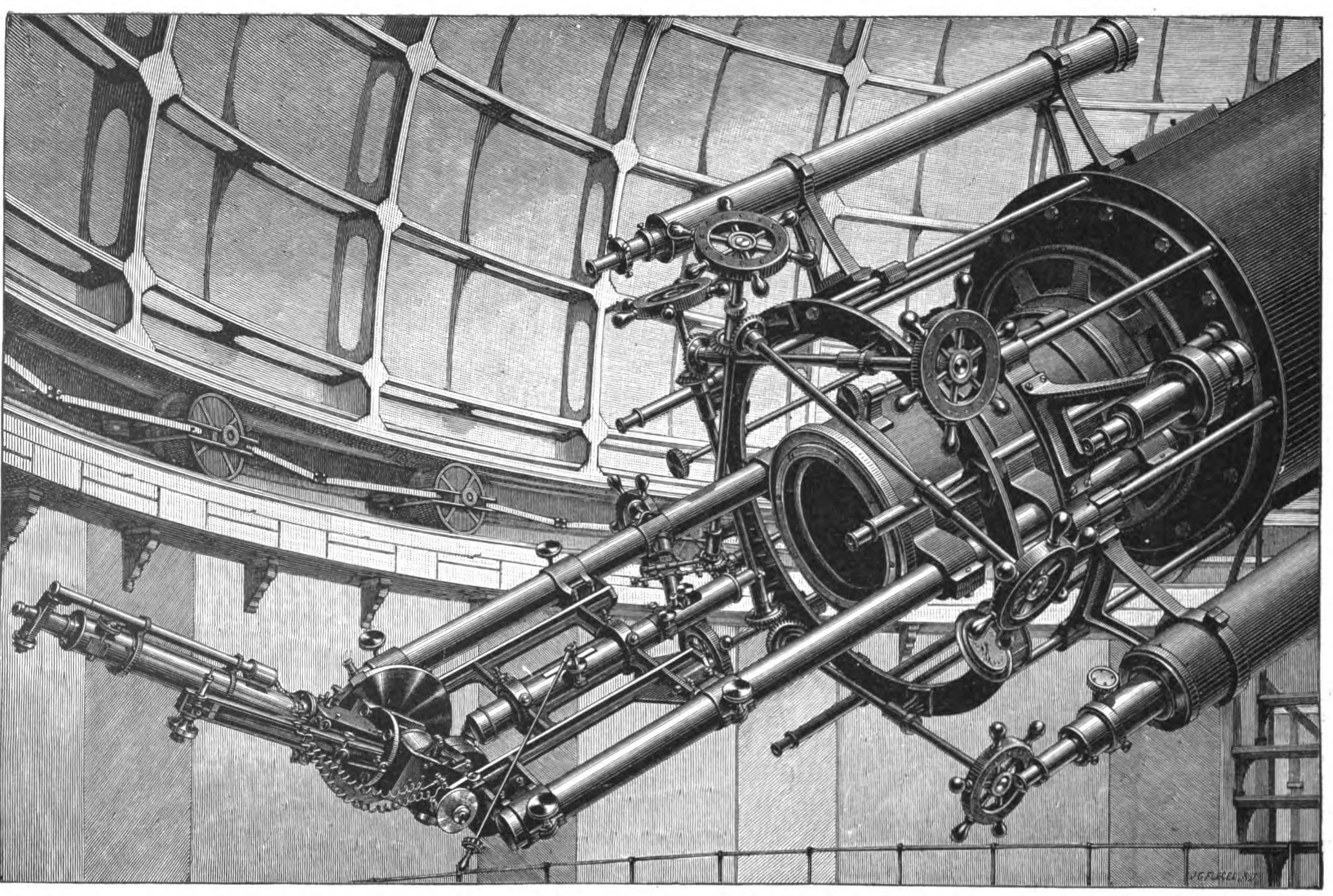|
1967 Menzel
1967 Menzel ( ''prov. designation'': ) is a stony background asteroid from the inner regions of the asteroid belt, approximately in diameter. It was discovered on 1 November 1905, by German astronomer Max Wolf at Heidelberg Observatory in southern Germany, and later named after American astrophysicist Donald Howard Menzel. Classification and orbit ''Menzel'' is a stony S-type asteroid that orbits the Sun in the inner main-belt at a distance of 1.9–2.5 AU once every 3 years and 4 months (1,219 days). Its orbit has an eccentricity of 0.14 and an inclination of 4 ° with respect to the ecliptic. The body's observation arc begins with its first used observation at Goethe Link Observatory in 1965, or 60 years after its official discovery, with a number of unused observations previously made at Heidelberg. Naming This minor planet was named after American astrophysicist Donald Howard Menzel (1901–1976), who was the director of the Harvard College Observatory and a ... [...More Info...] [...Related Items...] OR: [Wikipedia] [Google] [Baidu] |
Lightcurve
In astronomy, a light curve is a graph of light intensity of a celestial object or region as a function of time, typically with the magnitude of light received on the y axis and with time on the x axis. The light is usually in a particular frequency interval or band. Light curves can be periodic, as in the case of eclipsing binaries, Cepheid variables, other periodic variables, and transiting extrasolar planets, or aperiodic, like the light curve of a nova, a cataclysmic variable star, a supernova or a microlensing event or binary as observed during occultation events. The study of the light curve, together with other observations, can yield considerable information about the physical process that produces it or constrain the physical theories about it. Variable stars Graphs of the apparent magnitude of a variable star over time are commonly used to visualise and analyse their behaviour. Although the categorisation of variable star types is increasingly done from their spe ... [...More Info...] [...Related Items...] OR: [Wikipedia] [Google] [Baidu] |
Orbital Eccentricity
In astrodynamics, the orbital eccentricity of an astronomical object is a dimensionless parameter that determines the amount by which its orbit around another body deviates from a perfect circle. A value of 0 is a circular orbit, values between 0 and 1 form an elliptic orbit, 1 is a parabolic escape orbit (or capture orbit), and greater than 1 is a hyperbola. The term derives its name from the parameters of conic sections, as every Kepler orbit is a conic section. It is normally used for the isolated two-body problem, but extensions exist for objects following a rosette orbit through the Galaxy. Definition In a two-body problem with inverse-square-law force, every orbit is a Kepler orbit. The eccentricity of this Kepler orbit is a non-negative number that defines its shape. The eccentricity may take the following values: * circular orbit: ''e'' = 0 * elliptic orbit: 0 < ''e'' < 1 * [...More Info...] [...Related Items...] OR: [Wikipedia] [Google] [Baidu] |
Neptune
Neptune is the eighth planet from the Sun and the farthest known planet in the Solar System. It is the fourth-largest planet in the Solar System by diameter, the third-most-massive planet, and the densest giant planet. It is 17 times the mass of Earth, and slightly more massive than its near-twin Uranus. Neptune is denser and physically smaller than Uranus because its greater mass causes more gravitational compression of its atmosphere. It is referred to as one of the solar system's two ice giant planets (the other one being Uranus). Being composed primarily of gases and liquids, it has no well-defined "solid surface". The planet orbits the Sun once every 164.8 julian year (astronomy), years at an average distance of . It is named after the Neptune (mythology), Roman god of the sea and has the astronomical symbol , representing Neptune's trident. Neptune is not visible to the unaided eye and is the only planet in the Solar System found by mathematical prediction ... [...More Info...] [...Related Items...] OR: [Wikipedia] [Google] [Baidu] |
Uranus
Uranus is the seventh planet from the Sun. Its name is a reference to the Greek god of the sky, Uranus (mythology), Uranus (Caelus), who, according to Greek mythology, was the great-grandfather of Ares (Mars (mythology), Mars), grandfather of Zeus (Jupiter (mythology), Jupiter) and father of Cronus (Saturn (mythology), Saturn). It has the third-largest planetary radius and fourth-largest planetary mass in the Solar System. Uranus is similar in composition to Neptune, and both have bulk chemical compositions which differ from that of the larger gas giants Jupiter and Saturn. For this reason, scientists often classify Uranus and Neptune as "ice giants" to distinguish them from the other giant planets. As with gas giants, ice giants also lack a well defined "solid surface." Uranus's Atmosphere#Others, atmosphere is similar to Jupiter's and Saturn's in its primary composition of hydrogen and helium, but it contains more "volatiles, ices" such as water, ammonia, and methane, al ... [...More Info...] [...Related Items...] OR: [Wikipedia] [Google] [Baidu] |
Solar Eclipses
A solar eclipse occurs when the Moon passes between Earth and the Sun, thereby obscuring the view of the Sun from a small part of the Earth, totally or partially. Such an alignment occurs during an eclipse season, approximately every six months, during the new moon phase, when the Moon's orbital plane is closest to the plane of the Earth's orbit. In a total eclipse, the disk of the Sun is fully obscured by the Moon. In partial and annular eclipses, only part of the Sun is obscured. Unlike a lunar eclipse, which may be viewed from anywhere on the night side of Earth, a solar eclipse can only be viewed from a relatively small area of the world. As such, although total solar eclipses occur somewhere on Earth every 18 months on average, they recur at any given place only once every 360 to 410 years. If the Moon were in a perfectly circular orbit and in the same orbital plane as Earth, there would be total solar eclipses once a month, at every new moon. Instead, because the Moon's ... [...More Info...] [...Related Items...] OR: [Wikipedia] [Google] [Baidu] |
Chromosphere
A chromosphere ("sphere of color") is the second layer of a star's atmosphere, located above the photosphere and below the solar transition region and corona. The term usually refers to the Sun's chromosphere, but not exclusively. In the Sun's atmosphere, the chromosphere is roughly in height, or slightly more than 1% of the Sun's radius at maximum thickness. It possesses a homogeneous layer at the boundary with the photosphere. Hair-like jets of plasma, called spicules, rise from this homogeneous region and through the chromosphere, extending up to into the corona above. The chromosphere has a characteristic red color due to electromagnetic emissions in the ''H''α spectral line. Information about the chromosphere is primarily obtained by analysis of its emitted electromagnetic radiation. Chromospheres have also been observed on stars other than the Sun. On large stars, chromospheres sometimes make up a significant proportion of the entire star. For example, the chro ... [...More Info...] [...Related Items...] OR: [Wikipedia] [Google] [Baidu] |
Nebulae
A nebula ('cloud' or 'fog' in Latin; pl. nebulae, nebulæ or nebulas) is a distinct luminescent part of interstellar medium, which can consist of ionized, neutral or molecular hydrogen and also cosmic dust. Nebulae are often star-forming regions, such as in the "Pillars of Creation" in the Eagle Nebula. In these regions, the formations of gas, dust, and other materials "clump" together to form denser regions, which attract further matter, and eventually will become dense enough to form stars. The remaining material is then thought to form planets and other planetary system objects. Most nebulae are of vast size; some are hundreds of light-years in diameter. A nebula that is visible to the human eye from Earth would appear larger, but no brighter, from close by. The Orion Nebula, the brightest nebula in the sky and occupying an area twice the angular diameter of the full Moon, can be viewed with the naked eye but was missed by early astronomers. Although denser than the space su ... [...More Info...] [...Related Items...] OR: [Wikipedia] [Google] [Baidu] |
Stellar Spectra
Astronomical spectroscopy is the study of astronomy using the techniques of spectroscopy to measure the spectrum of electromagnetic radiation, including visible light, ultraviolet, X-ray, infrared and radio waves that radiate from stars and other celestial objects. A stellar spectrum can reveal many properties of stars, such as their chemical composition, temperature, density, mass, distance and luminosity. Spectroscopy can show the velocity of motion towards or away from the observer by measuring the Doppler shift. Spectroscopy is also used to study the physical properties of many other types of celestial objects such as planets, nebulae, galaxies, and active galactic nuclei. Background Astronomical spectroscopy is used to measure three major bands of radiation in the electromagnetic spectrum: visible light, radio waves, and X-rays. While all spectroscopy looks at specific bands of the spectrum, different methods are required to acquire the signal depending on the frequency. ... [...More Info...] [...Related Items...] OR: [Wikipedia] [Google] [Baidu] |
Astrophysics
Astrophysics is a science that employs the methods and principles of physics and chemistry in the study of astronomical objects and phenomena. As one of the founders of the discipline said, Astrophysics "seeks to ascertain the nature of the heavenly bodies, rather than their positions or motions in space–''what'' they are, rather than ''where'' they are." Among the subjects studied are the Sun, other stars, galaxies, extrasolar planets, the interstellar medium and the cosmic microwave background. Emissions from these objects are examined across all parts of the electromagnetic spectrum, and the properties examined include luminosity, density, temperature, and chemical composition. Because astrophysics is a very broad subject, ''astrophysicists'' apply concepts and methods from many disciplines of physics, including classical mechanics, electromagnetism, statistical mechanics, thermodynamics, quantum mechanics, relativity, nuclear and particle physics, and atomic and m ... [...More Info...] [...Related Items...] OR: [Wikipedia] [Google] [Baidu] |
Harvard College Observatory
The Harvard College Observatory (HCO) is an institution managing a complex of buildings and multiple instruments used for astronomical research by the Harvard University Department of Astronomy. It is located in Cambridge, Massachusetts, United States, and was founded in 1839. With the Smithsonian Astrophysical Observatory, it forms part of the Center for Astrophysics Harvard & Smithsonian. HCO houses a collection of approximately 500,000 astronomical plates taken between the mid-1880s and 1989 (with a gap from 1953–1968). This 100-year coverage is a unique resource for studying temporal variations in the universe. The Digital Access to a Sky Century @ Harvard project is digitally scanning and archiving these photographic plates. History In 1839, the Harvard Corporation voted to appoint William Cranch Bond, a prominent Boston clockmaker, as "Astronomical Observer to the University" (at no salary). This marked the founding of the Harvard College Observatory. HCO's first tele ... [...More Info...] [...Related Items...] OR: [Wikipedia] [Google] [Baidu] |
Minor Planet
According to the International Astronomical Union (IAU), a minor planet is an astronomical object in direct orbit around the Sun that is exclusively classified as neither a planet nor a comet. Before 2006, the IAU officially used the term ''minor planet'', but that year's meeting reclassified minor planets and comets into dwarf planets and small Solar System bodies (SSSBs).Press release, IAU 2006 General Assembly: Result of the IAU Resolution votes International Astronomical Union, August 24, 2006. Accessed May 5, 2008. Minor planets include asteroids ( |
Goethe Link Observatory
The Goethe Link Observatory, observatory code 760, is an astronomical observatory near Brooklyn, Indiana, United States. It is owned by Indiana University and operated by the Indiana Astronomical Society https://iasindy.org/about.html, which efforts are dedicated to the pursuit of amateur astronomy. It is named in honor of amateur astronomer Dr. Goethe Link, an Indianapolis surgeon, who built it with his private funds. Construction of the observatory started in 1937, and the telescope was first operated in 1939. In 1948, he donated the observatory to Indiana University. From 1949 until 1966, the Indiana Asteroid Program was conducted at Goethe Link, using a 10-inch Cooke triplet astrograph (''f/''6.5). The program resulted in the discovery of 119 asteroids, which were credited by the Minor Planet Center to "Indiana University". When light pollution began to degrade the Goethe Link Observatory's capabilities in the 1960s, Indiana University built a new facility in the Morganâ ... [...More Info...] [...Related Items...] OR: [Wikipedia] [Google] [Baidu] |





